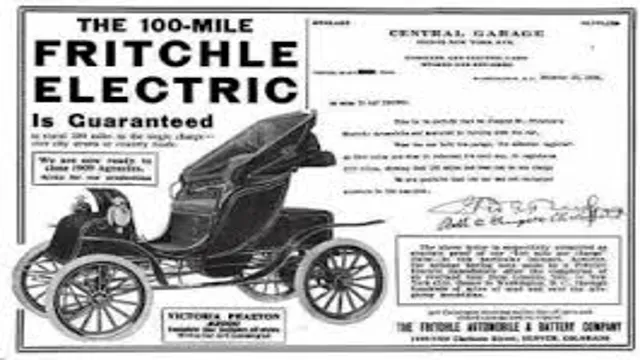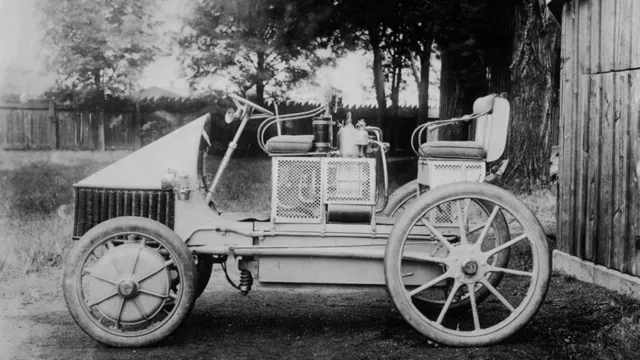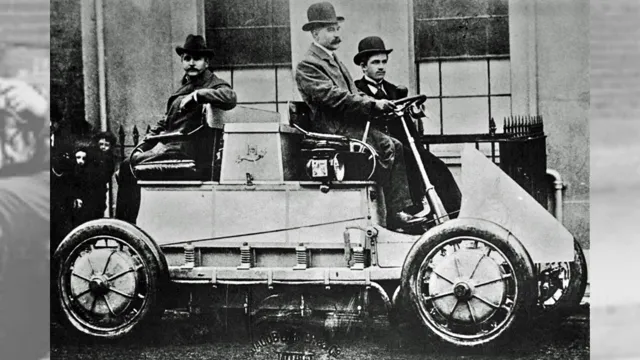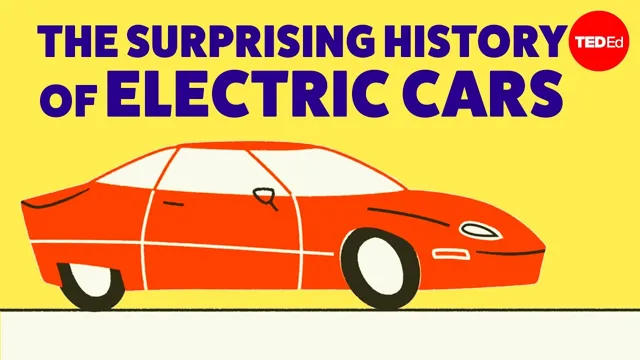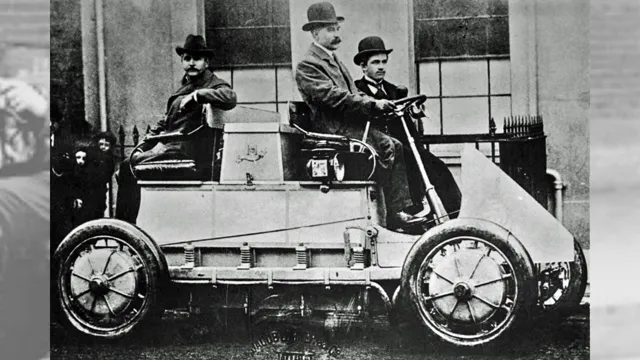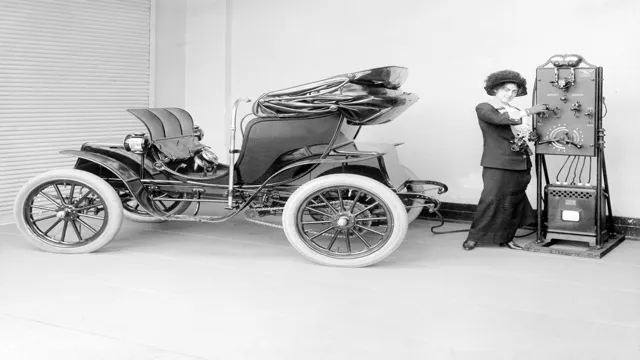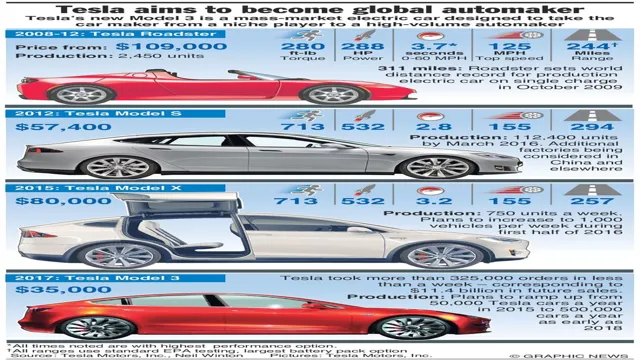The Electrifying Journey: Tracing the Remarkable History of Electric Car Safety
Electric cars have been around for a while now, and their popularity is only increasing as more drivers look for eco-friendly alternatives to gasoline-powered vehicles. As with any new technology, concerns about safety have been a major factor in the development and adoption of electric cars. In this blog post, we’ll take a look at the evolution of electric car safety over the years.
From the early days of electric vehicles to the latest models on the market, we’ll explore the safety features that have been introduced to make these cars as safe as possible. So hop in and join us for a ride through the history of electric car safety!
Early Days of Electric Cars
The early days of electric cars were marked by a focus on safety, particularly in the battery technology used to power these vehicles. This was due in part to the fact that electric cars were a relatively new concept, and safety concerns were naturally heightened as a result. In addition, battery technology at the time was not as advanced as it is today, which added an extra layer of complexity to the safety question.
However, as time went on, electric car manufacturers began to focus more on improving battery safety, and many innovations were made in this area. Today, electric cars are widely regarded as being safe and reliable vehicles, with many of the latest models boasting advanced safety features that rival those found in traditional gas-powered cars. As the history of electric car safety shows, it’s important for manufacturers to be committed to safety from the earliest stages of development in order to create vehicles that are both effective and safe to use.
Innovations in Safety
When we think of electric cars, we usually associate them with recent innovations. However, the concept of electric cars has been around since the early days of the automobile. In fact, the first electric car was developed back in the 1830s! While these early electric vehicles were slow and had a limited range of about 50 miles, they were popular among wealthy consumers who appreciated their quiet operation and lack of fumes.
Fast forward to the 1970s, when electric cars became a more viable option due to improvements in battery technology. But it wasn’t until the early 2000s that electric cars started to gain serious traction. Today, electric cars are becoming more popular than ever, with companies like Tesla leading the charge (pun intended).
And with the growing concerns about climate change and the need to reduce emissions, it’s no wonder why more and more people are making the switch to electric.
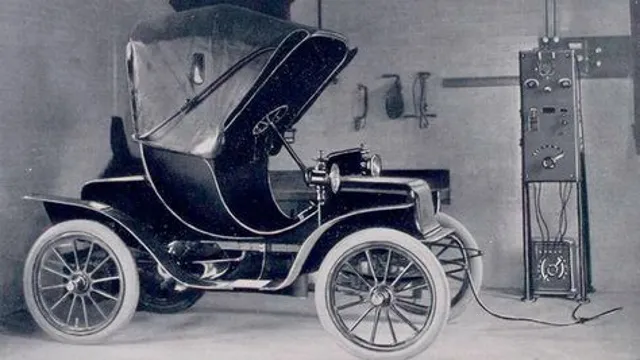
Safety in Current Models
Safety in electric cars has come a long way since the early days of electric vehicles. Back then, safety features were not yet a priority, and many electric cars lacked them altogether. However, with the growing popularity of electric cars, manufacturers are investing heavily in technologies to improve safety.
Today’s electric cars have built-in safety features like blind-spot detection, lane departure warnings, and automatic emergency braking. They also have reinforced battery housings to prevent leaks and fires in the event of an accident. As a result, electric cars are just as safe, if not safer, than traditional gas-powered vehicles.
With the advancements in safety technology, electric cars have firmly claimed their place on the road, providing eco-friendliness and safety in one package.
Crash Test Ratings and Regulations
The safety of electric cars has been a concern for many people since their inception. Over the years, electric car manufacturers have made significant strides in improving their safety features. With the increasing popularity of electric cars, the National Highway Traffic Safety Administration (NHTSA) has set strict standards for crash tests and safety ratings.
In 2011, the NHTSA introduced a new safety rating system that took into account the vehicle’s performance in a frontal crash, a side impact, and a rollover. The rating system awards vehicles with a star rating from one to five, with five being the highest. Recently, electric cars have been dominating the top spots on the government’s safety rating lists, indicating that electric car manufacturers are making more significant efforts to ensure the safety of their vehicles.
Furthermore, electric car manufacturers are constantly collaborating with authorities to improve crash-test technologies and overall safety standards.
NHTSA vs IIHS Tests
Crash Test Ratings When it comes to car safety, understanding the different types of crash tests and their ratings is important. The National Highway Traffic Safety Administration (NHTSA) and the Insurance Institute for Highway Safety (IIHS) are two organizations that conduct crash tests to provide ratings for each vehicle. The NHTSA rates vehicles on a scale of one to five stars based on front, side, and rollover crash tests, while the IIHS conducts front, side, roof strength, and head restraint tests to provide vehicles with a rating of either good, acceptable, marginal, or poor.
Both organizations have specific regulations and standards that vehicles must pass in order to receive high ratings. While the ratings from these tests can provide valuable information to consumers looking to purchase a safe vehicle, it is important to keep in mind that no rating system is perfect and no vehicle can guarantee complete safety in the event of an accident.
Regulations and Safety Standards
When purchasing a new vehicle, it’s essential to consider its safety ratings and compliance with government regulations. In the United States, the National Highway Traffic Safety Administration (NHTSA) is responsible for evaluating a vehicle’s crashworthiness and assigning a safety rating between one to five stars based on its performance in various tests. These tests assess the vehicle’s ability to protect the driver and passengers during a collision, including front, side, and rollover crashes.
Additionally, regulations set by the NHTSA require automakers to incorporate features that enhance vehicle safety, such as airbags, electronic stability control, and backup cameras. It’s crucial to prioritize safety when selecting a new vehicle, and understanding these regulations and crash test ratings can help make an informed decision.
Electric vs Gas Car Safety
When it comes to electric versus gas cars, you might wonder which one is safer in the event of a crash. The truth is, crash test ratings and regulations are a good way to compare the safety of electric and gas cars. Both types of vehicles must meet the same safety standards set by the National Highway Traffic Safety Administration (NHTSA).
This means that electric and gas cars are tested in the same way, with the same crash test dummies, and under the same conditions. However, some studies suggest that electric cars may be safer than gas cars in certain types of accidents. Due to their design, electric cars have a lower center of gravity, which makes them less likely to roll over.
In addition, electric cars have fewer engine components, which reduces the likelihood of a fire starting in the event of a collision. Overall, both electric and gas cars are designed to keep passengers safe in the event of an accident, and it’s essential to research and compare different models to find the safest option for your needs.
Emergency Response Procedures
The history of electric car safety dates back to the early days of electric vehicles, when concerns were raised regarding the lack of sound produced by these cars, creating safety concerns for pedestrians and cyclists. In response to this, regulations were put in place to ensure that electric cars produce some sort of sound while operating on roads. Additionally, emergency response procedures had to be reevaluated and modified for electric vehicles, given their unique components and potential risks associated with battery fires.
Manufacturers have also taken great strides to improve the safety of electric cars by implementing various safety features, including auto shut-off systems in case of a crash and reinforced battery enclosures. Despite these advancements, it is crucial that emergency responders remain trained on the unique challenges presented by electric cars to ensure quick and effective responses in case of an emergency.
Training for First Responders
When it comes to emergency response procedures, training for first responders is crucial. In high-stress situations, having a clear plan in place can make all the difference in saving lives and minimizing damage. First responders, whether they are police officers, firefighters, or EMTs, need to be well-versed in these procedures and capable of making quick decisions.
This requires regular training, simulations, and immersion in different scenarios to keep their skills sharp. It’s not just about knowing the steps to take, but also being able to adapt and think on their feet in unpredictable situations. By investing in thorough training for first responders, we can ensure that our communities are safer and better prepared for whatever emergencies come our way.
Emergency Shut-Off Features
Emergency shut-off features are crucial in preventing critical incursions in industrial environments. In the event of an unforeseen mishap, every employee and worker needs to be familiarized with the emergency response procedures that the company follows. Emergency shut-off features constitute an integral component of such procedures.
These features use various mechanisms to trigger the activation of an emergency shut-off valve so that all flow is terminated. This can effectively prevent explosions, fires, and spills that might otherwise lead to catastrophic consequences. These features are commonly found in a range of industrial equipment and systems such as pipelines, machinery, and chemical plants.
Ensuring that the emergency shut-off features are regularly serviced and tested can help avoid downtime and guarantee employees’ safety in hazardous surroundings.
Future Trends in Electric Car Safety
When looking at the history of electric car safety, it’s clear that there have been significant advancements in recent years. However, as electric cars become more mainstream, there are new challenges that must be addressed. One of the biggest trends in electric car safety is the use of advanced driver assistance systems (ADAS).
These systems use sensors and cameras to monitor the car’s surroundings and can help prevent accidents. Another trend is the use of improved battery technology, which can reduce the risk of fires and increase the range of electric cars. Additionally, governments around the world are implementing stricter safety regulations for electric cars to ensure that they meet the same standards as traditional cars.
Overall, the future of electric car safety looks promising, as long as manufacturers continue to innovate and address emerging issues.
Conclusion
So what have we learned from the history of electric car safety? Well, it’s clear that early on, electric car design had its fair share of shocking setbacks. But over time, advances in technology and safety regulations have sparked a revolution in the way we approach electric vehicles. As we look towards the future, it’s safe to say that electric cars are moving full STEAM ahead, with safety as a top priority.
With such a bright spark of innovation, who knows what electrifying developments we’ll see next in the world of eco-friendly transportation.”
FAQs
What is the history of electric car safety?
Electric cars have been around since the early 1800s and have undergone many safety improvements throughout the years. Modern electric cars are equipped with advanced safety features, such as strong frames and safety sensors, which contribute to their high safety ratings.
Are electric cars safer than gasoline cars?
Yes, electric cars are generally safer than gasoline cars because they have a lower risk of fires and explosions. Additionally, electric cars often have better crash test ratings due to their design and advanced safety features.
What safety features do electric cars have?
Most modern electric cars have standard safety features like airbags, stability control, antilock brakes, and traction control. They also often include unique safety features like regenerative braking, which can help prevent accidents by slowing the car down when the driver releases the accelerator.
Have there been any safety concerns with electric cars?
Like any car, electric cars aren’t completely immune to safety concerns. However, there have been few serious safety issues with electric cars, and they have generally been attributed to user error rather than a flaw in the car’s design. Overall, electric cars are widely considered to be safe and reliable vehicles.
